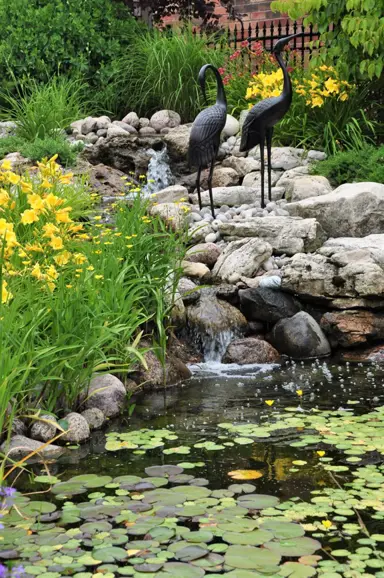Do Gardenias Grow In New Zealand?
Gardenias grow well in New Zealand, though they do prefer the warmer regions. In colder climates they can experience frost damage, particularly when they are small. That said, they will cope with moderate frosts the following season after plantings.



















































